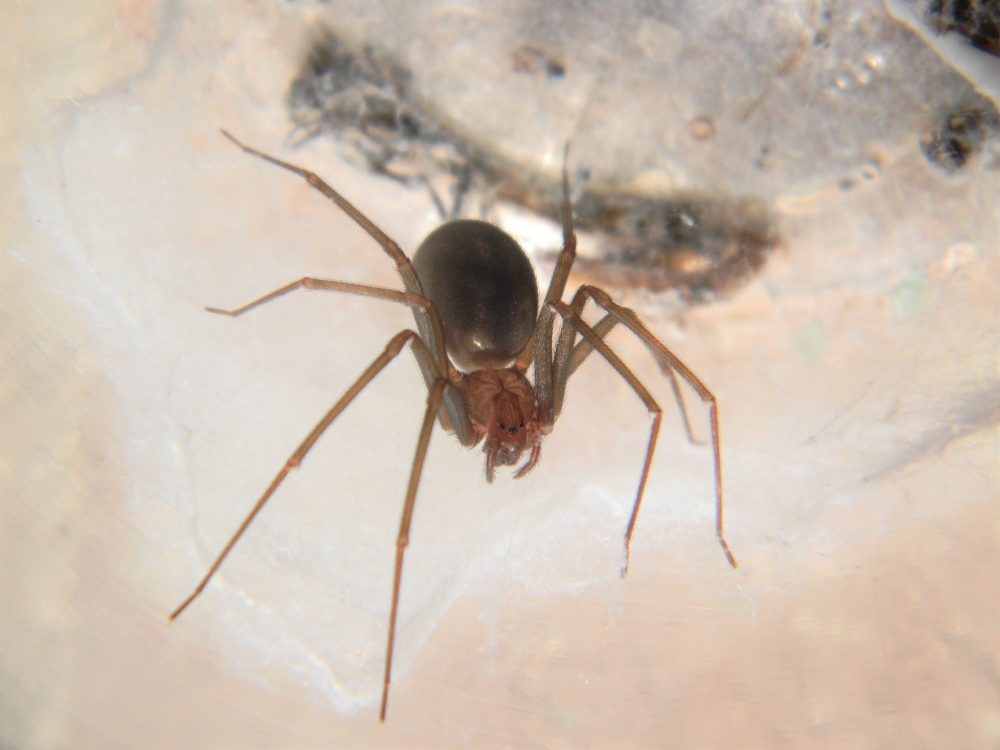

The study involved 146 patients, 74 of whom were treated with an antivenom produced by Butantan Institute in São Paulo. The results showed the antivenom to be safe and effective, especially if it is administered within 48 hours (photo: Denise Candido)
The study involved 146 patients, 74 of whom were treated with an antivenom produced by Butantan Institute in São Paulo. The results showed the antivenom to be safe and effective, especially if it is administered within 48 hours.
The study involved 146 patients, 74 of whom were treated with an antivenom produced by Butantan Institute in São Paulo. The results showed the antivenom to be safe and effective, especially if it is administered within 48 hours.

The study involved 146 patients, 74 of whom were treated with an antivenom produced by Butantan Institute in São Paulo. The results showed the antivenom to be safe and effective, especially if it is administered within 48 hours (photo: Denise Candido)
By Thais Szegö | Agência FAPESP – One of the most dreaded effects of the bite of the brown recluse spider (Loxosceles spp) is the appearance of a necrotic skin lesion, but a clinical study by Brazilian researchers recently reported in PLOS Neglected Tropical Diseases shows that the problem can be solved by administering antivenom, especially if this is done within 48 hours of the incident.
An antivenom produced by Butantan Institute, an arm of the São Paulo State Department of Health, was used in the study. As the authors of the paper explain, there is no consensus regarding the best treatment to avoid necrosis and ulceration in cases of brown recluse spider bites.
A 2009 study involving rabbits showed that necrotic lesions were approximately 30% smaller even when the antivenom was administered 48 hours after the animals were bitten.
“However, until now there haven’t been any clinical studies showing whether this antivenom could prevent cutaneous necrosis, or even how long after the incident it should be administered,” said Ceila Maria Sant’Ana Málaque, first author of the paper. Málaque is a physician who specializes in treating patients bitten by venomous animals and with infectious and parasite-borne diseases at Butantan Institute’s Vital Brazil Hospital and the intensive care unit (ICU) of Emílio Ribas Institute of Infectious Disease.
To answer these questions, researchers at Vital Brazil Hospital conducted a six-year prospective observational study (November 2014-November 2020) involving 146 patients, 74 of whom received the antivenom.
“Because use of antivenom is recommended by the Handbook on Diagnosis and Treatment of Envenomation [published by FUNASA, Brazil’s National Health Foundation], we were unable to conduct a double-blind randomized study and therefore analyzed the patients who received the antivenom on admission to the hospital and before the appearance of skin necrosis,” Málaque said.
The control group comprised patients who were admitted more than 48 hours after they were bitten and did not receive the antivenom.
The investigation was part of a project funded by FAPESP and led by Marcelo Larami Santoro, a researcher at Butantan Institute and first author of the paper.
Silent danger
The brown recluse spider’s bite is not always noticed or given much importance. Known technically as cutaneous loxoscelism, the wound develops steadily in the first 24 hours after the bite. It manifests as a painful red spot or bruise-like mark in the region of the bite, with a blend of purple and pale or white areas described by the authors as a “marbled macula”. It may progress to necrosis. Some patients develop a condition known as cutaneous-hemolytic loxoscelism, in which the skin lesion is associated with destruction of red blood cells, causing anemia and potentially leading to acute kidney failure.
Patients were invited to participate in the study if they were diagnosed with loxoscelism by analysis of their account of the spider incident, medical history and physical examination, and if other conditions were ruled out.
“It’s important to bear in mind that the study was conducted at the hospital run by Butantan Institute, which has vast experience in accidents involving venomous snakes and other such animals,” Málaque said. "If there was any doubt about the diagnosis, the individual wasn’t included in the study."
All published research on loxoscelism points to a low frequency of identification of the spider responsible for the wound (less than 15%), she added. The patient does not bring the spider to hospital in most cases. Diagnosis is based on the patient’s account of the accident, the initial symptoms, the status of the skin wound and any systemic alterations.
Necrosis was less frequent among participants in the study admitted up to 48 hours after being bitten and given the antivenom than among those admitted after a longer period and not given the antivenom. Administration of the substance was clearly safe, with few or no adverse effects.
The article “Impact of antivenom administration on the evolution of cutaneous lesions in loxoscelism: A prospective observational study” is at: journals.plos.org/plosntds/article?id=10.1371/journal.pntd.0010842.
Republish
The Agency FAPESP licenses news via Creative Commons (CC-BY-NC-ND) so that they can be republished free of charge and in a simple way by other digital or printed vehicles. Agência FAPESP must be credited as the source of the content being republished and the name of the reporter (if any) must be attributed. Using the HMTL button below allows compliance with these rules, detailed in Digital Republishing Policy FAPESP.





